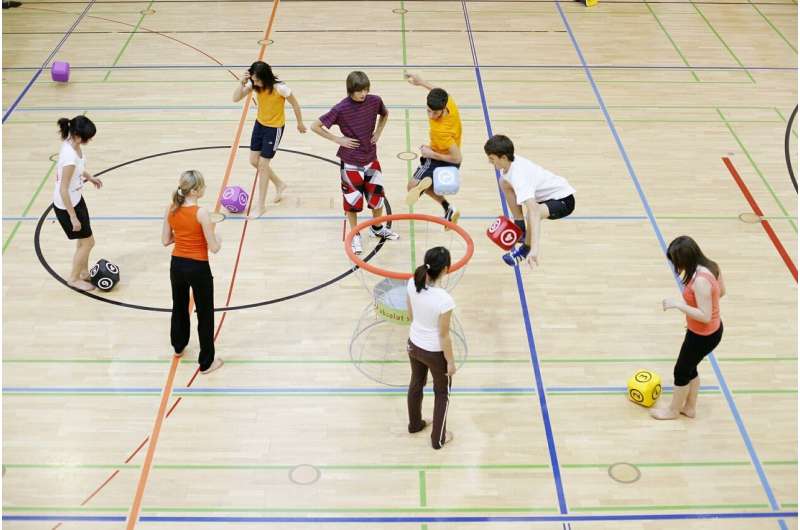Australian junior sports impacted after COVID-19


Australian junior sport clubs face an uphill battle to survive in the wake of COVID-19 but investment in additional resources, tools and policy development will encourage community sporting clubs to reengage young people.
New research involving interviews with players and parents, coaches and administrators across South Australia paints a confronting picture about the impact of the pandemic on the mental health and physical activity of young sport participants. The research also identified the real challenges many smaller clubs face in re-engaging volunteers back to the sector.
The research, published in BMC Public Health, the second largest public health journal in the world, states the importance of investment in additional resources to rebuild a knowledgeable, skilled and agile sports sector to ensure the future of youth sport in Australia, particularly as small organizations recover from the social, developmental and financial impact of the pandemic.
Preliminary results from a separate national study of 5000 sport participants showed weekly sport-related physical activity dropped from 92 minutes to 34 minutes during the pandemic, compared to pre-pandemic behavior.
Lead researcher and author Dr. Sam Elliott, from the Centre for Sport, Health, Activity, Performance and Exercise(SHAPE) says the study sought to investigate an authentic understanding about the impact of the pandemic on youth sport across the state, including the impact of new social distancing policies, strict return to play protocls and regulated training regimes which have impacted how communities engage with sport.
“We asked junior players all the way up to senior executives—and found they all perceived a significant decline in mental health brought on by COVID-19.”
“Parents and coaches perceived more severe mood changes among children, describing symptoms such as becoming easily annoyed, upset and angry as a result of these changes with many losing motivation for sport all together.”
“This highlights an important point that while many children have returned to sport, our industry needs to ask questions about the children and families who have not, why, and what can be done to reconnect them with sport.”
The results highlight the need for improved preparation for future disruptions because many parents don’t feel they have the skills or confidence to maintain their kids activity or connection to sport. The findings also prompt sporting clubs and organizations to think about how families and volunteers will be re-engaged as restrictions are lifted.
“The return to sport is highly regulated to ensure that clubs and participants comply with strict COVID policies. However, this may impact the overall enjoyment and experience of sport for young people, especially those who prefer a “pre-COVID” sporting life.”
“Our findings extend to volunteers, who contribute just shy of $5B annually to the nation. While many will naturally return with enthusiasm and energy, other volunteers, which are typically parents involved in youth sport, may be less inclined for a variety of reasons.”
The junior sport study identified concepts, dubbed the four “Rs,” which can advance theoretical understanding about the pandemics immediate and future impact on youth sport participation, including:
- Recognizing struggle
- Reconnection
- Re-engaging after restrictions
- Reimagining sport
Dr. Elliott says the findings show it’s important for community sporting organizations to reconsider the message they want to send to potential players and families.
Source: Read Full Article




